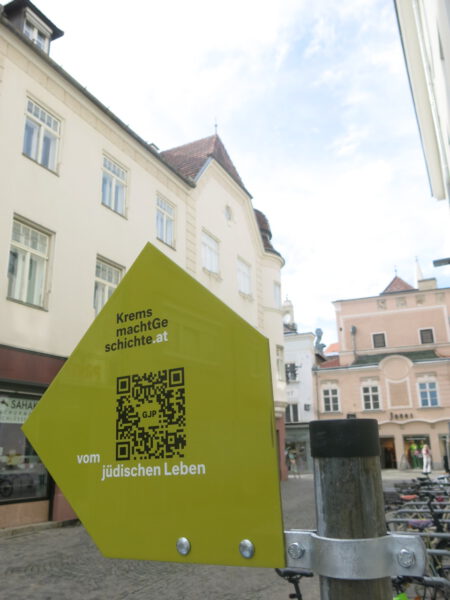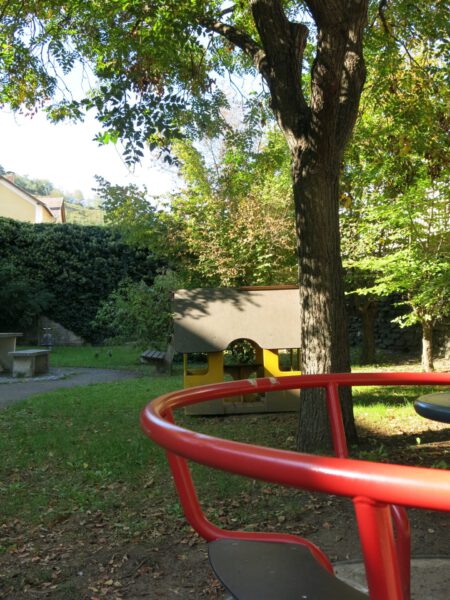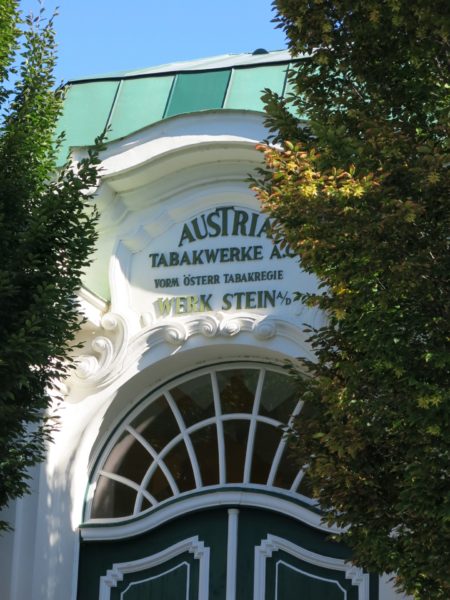One form of memory is the naming of streets and squares. In Krems there are currently three places named after resistance fighters: Franz-Zeller-Platz, Therese-Mahrer-Park and Gerasimos-Garnelis-Weg. As a Communist, Therese Mahrer was arrested several times during the period of the Nazi regime. Franz Zeller was executed with two other Krems resistance fighters in Vienna in 1943 for organising “Red Aid”. A series of workers in the tobacco factory received custodial sentences for collecting donations for imprisoned Socialists and Communists and for distributing magazines. There is still no symbol of memorial in Krems for this resistance group, which consisted of Leopoldine Puhl, Anton Hirnschall, Otto Schöpf, Leopoldine Ankerl, Maria Donabauer and Maria Malat.
There were various forms of resistance against the Nazi regime. They ranged from passive resistance, for example refusing to give the Hitler salute, to desertion, to active and organised resistance by aiding persecuted people, distributing prohibited printed matter or even armed struggle. The Catholic resistance fighter Anton Brunner wrote illegal leaflets as a schoolboy in Krems. The antifascist Gerasimos Garnelis fought in the armed resistance against German troops in Greece before being deported to Krems. Handing out Communist newspapers was punished as “high treason”. “Red Aid”, an organisation of the Communist Party, supported persecuted and imprisoned people. It was active underground from 1933 on. Collecting donations for this organisation was one of the most commonly sanctioned offences in Krems.
Many in the active resistance were Communists and Social Democrats, who had already been particular targets for repression and persecution under the Austrofascist regime after the prohibition of the Communist Party (KPÖ) in 1933 and the Social Democratic Party (SPÖ) in 1934. After the February Uprising in 1934, the main groups of prisoners detained in the newly completed Krems Regional Court were thus Social Democrats and Communists. After the attempted coup of 1934 it was particularly National Socialists who were interned there. During the Nazi period, around half of the prisoners were women. Hedwig Stocker, a guard in what was then the prison of the District Court, supported imprisoned women regardless of their party affiliation, providing them food, supporting escape attempts and hiding one resistance fighter in her garden shed.





